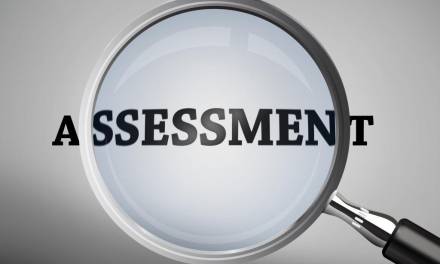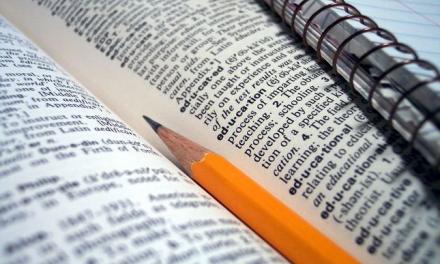Measuring the progress of pupils has been performed in a manner of different ways over the years.
As different governments have come into power and the Department of Education looks to develop new strategies, the approach to assessments have been modified.
Removal of levels
The Education Reform Act 1988 brought in SATs exams for pupils with a set of attainment levels, which pupils were expected to reach at different stages of their education: Level 2 by age 7, Level 4 at 11 and 5 or 6 by 14. This approach was scrapped but there are still National Curriculum Assessments at Key Stages 1 and 2.
Current national assessment structure
KS1 & KS2 – Tests take place for reading, writing and maths and science but instead of being given levels, the teacher uses the test results in addition to their own judgement to give them a judgement regarding whether they are at the expected standard. KS1 is for pupils aged 6 to 7 and KS2 is for ages 10 to 11 in the last year of primary school.
KS4 – This is the stage where most pupils will be working towards and assessed on national qualifications, i.e. GCSEs.
Assessing other year groups
Primary schools
When pupils are in school years that are not working towards a national assessment framework, schools apply their own methods of measuring pupils’ progress.
A case study shared on the gov.uk website showed how one primary school had developed an effective way of measuring progress by providing objectives and KPIs for each year group. Each KPI was given an expected descriptor and a ‘depth descriptor’. 24 teachers were surveyed on the approach and key findings showed that:
Since the development and use of KPIs:
- all staff have a clear understanding of the assessment objectives in their year group
- all staff understand the standards pupils need to reach in their year group
- the majority of teachers understand how progress is measured
Secondary schools
There is a common concern that pupils can suffer a ‘dip’ in Year 8 when they have less motivation without the national assessment framework applying to them for a few more years. This is a problem that many schools work hard to prevent, through developing some form of progress measurement to keep pupils working towards objectives.
An interesting article on the Sec Ed website looked at this ‘Year 8 dip’ and concluded that for best practice:
We should ensure that we put in place the same robust assessment, monitoring and tracking systems in year 8 that we use for our GCSE and A level students.
They also went on to discuss the need for a:
…well-developed pupil tracking system to capture a wider range of data in addition to attainment levels, and using external data and self-evaluation in order to focus on gaps and progress, not just average attainment. And it means that attainment data, as well as informing staff on pupil progress, is used to provide pupils with regular feedback on their progress.
Pupil tracking systems
Secondary schools use online systems to track pupil’s progress and to give an overview across the school. Different approaches can be used to collate and form data including teachers providing grades, percentages, levels and standardised scores to record progress throughout each year.
In PE for example, teachers often use baseline assessments to score pupils on their ability and that can be used to monitor progress throughout the school years. This will usually involve assessing and scoring a number of skills such as speed, agility and endurance.
The PE Office platform offers PE Teachers access to a fully customisable assessment framework to record baseline tests, and monitor and track progress. Contact us for details on how PE Office can help you implement a system of assessment for your PE students.










